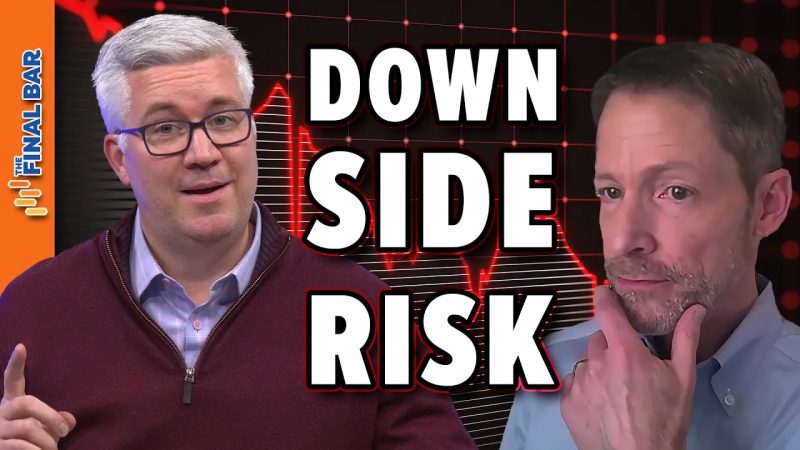In the world of investments and financial markets, the concept of downside risk is one that is often overlooked, especially in times of a bullish market. While investors tend to focus on the potential for gains and positive returns during such times, it is crucial to also consider the risks and potential losses that may arise when the market experiences a downturn. Understanding downside risk and how it can impact your investment portfolio is essential for prudent investing.
Diversification as a Risk Management Strategy
One of the key principles in managing downside risk in a bullish market is diversification. Diversifying your investment portfolio across different asset classes, industries, and geographic regions can help mitigate potential losses during market downturns. By spreading out your investments, you reduce the overall risk of your portfolio being heavily impacted by the poor performance of a single asset or market sector.
Having a mix of equities, bonds, real estate, and other assets in your portfolio can provide a level of protection against market volatility. While diversification does not guarantee immunity from losses, it can help cushion the impact of a market decline on your overall investment strategy.
Risk Management Tools and Techniques
There are various risk management tools and techniques that investors can utilize to protect their portfolios from downside risk. Utilizing stop-loss orders, which automatically sell a security when it reaches a predetermined price, can help limit losses during market downturns. Setting and regularly reviewing asset allocation targets can also ensure that your portfolio remains diversified and aligned with your risk tolerance and investment objectives.
Additionally, incorporating hedging strategies such as buying put options or using inverse exchange-traded funds (ETFs) can provide downside protection in a bullish market. These strategies allow investors to profit from a decline in the value of their investments or offset losses from a market downturn.
Stress Testing and Scenario Analysis
Conducting stress tests and scenario analyses on your investment portfolio can help evaluate how it may perform under different market conditions. By simulating various economic and market scenarios, you can identify potential weaknesses in your portfolio and make necessary adjustments to mitigate downside risk.
Regularly monitoring and rebalancing your portfolio based on changing market conditions and your investment goals is essential for managing downside risk effectively. Being proactive and responsive to market movements can help ensure that your portfolio remains resilient and well-positioned to weather potential market downturns.
In conclusion, while a bullish market may present attractive opportunities for investors, it is important to not lose sight of the potential downside risks that come with it. By incorporating diversification strategies, utilizing risk management tools and techniques, and conducting stress tests on your portfolio, you can better protect your investments and navigate volatile market conditions. Ultimately, being mindful of downside risk can help you preserve capital and achieve long-term investment success.

